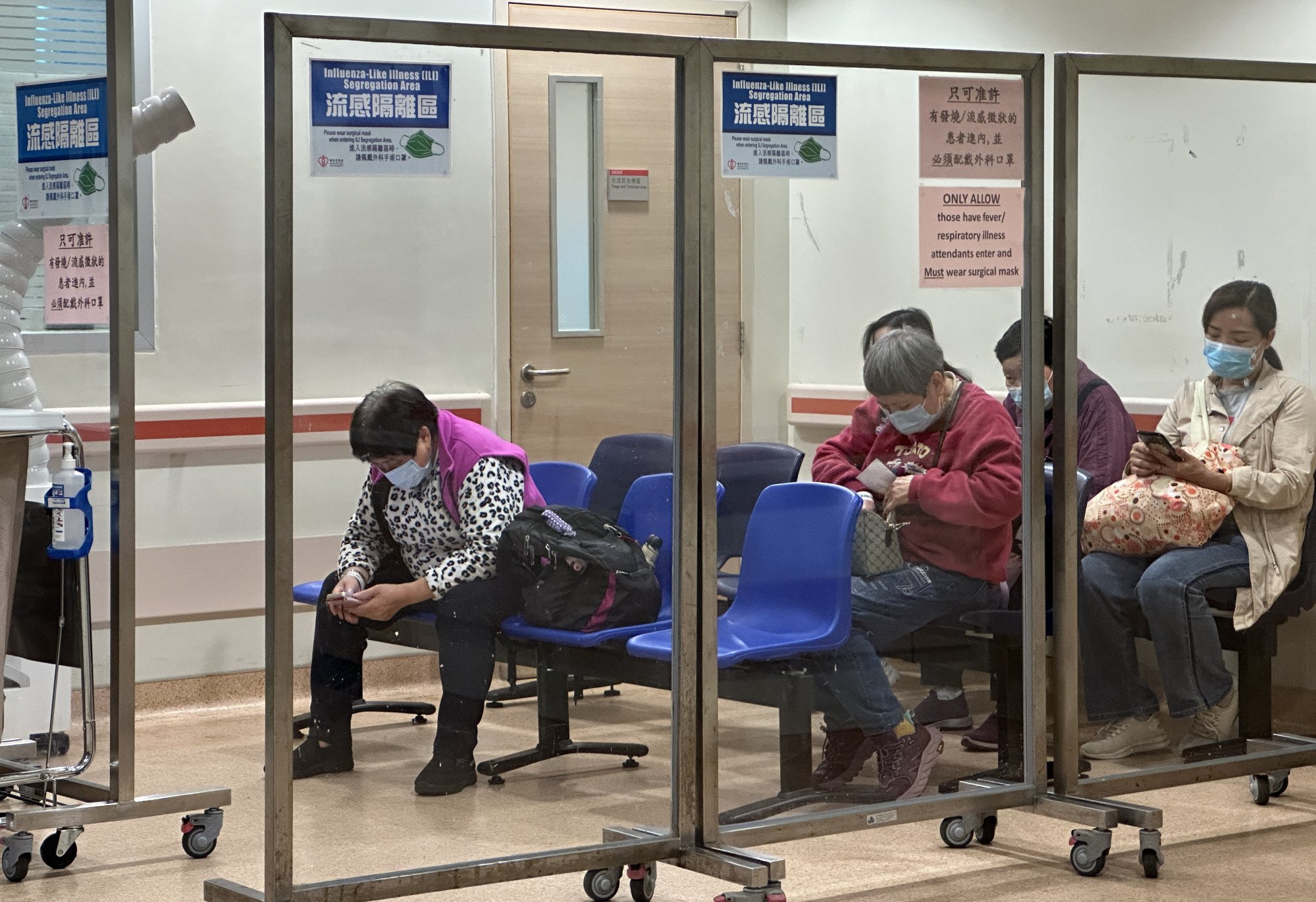Fitness
Hong Kong can learn from Singapore’s dual flu vaccine approach: expert

“As many people are still wearing masks, the possibility of having a major outbreak is not high. The outbreaks may come in a continuous and small-scale manner.”
Hui said Singapore authorities acquired vaccines designed for the northern hemisphere in the fourth quarter and southern hemisphere shots in February, as the city state’s flu seasons ran throughout the year.
“If Hong Kong’s flu outbreak pattern consistently follows the year-round pattern in Singapore, we cannot rule out the possibility that we may need to learn from Singapore’s model and procure vaccines designed for both hemispheres,” he said.
Hong Kong currently only uses those for the northern hemisphere.
“Both northern and southern hemisphere vaccines would be useful to better match the circulating strains at different times, especially for high-risk groups,” Hui said.
But authorities would need to observe an extra season to assess the need to introduce the southern hemisphere vaccine before he brought the suggestion to the committee.
The Centre for Health Protection on Thursday said Hong Kong was currently still in the influenza season.
It said the latest surveillance data showed that overall influenza activity continued to drop, but the relevant hospitalisation rate remained higher than the baseline level.
Hui explained most people had worn masks during the pandemic, which limited chances of being infected with the flu. But that changed in March 2023 when the mask mandate was dropped and a small outbreak of the H1N1 strain emerged for seven weeks.
An outbreak of the H3N2 strain also lasted 10 weeks last July, but it remained minor as many people were still wearing masks, he said.
“This year is special, from the second week onwards, there was an H3N2 outbreak. Another H1N1 outbreak began in late February and early March, which has not stopped until now. It is not a large-scale outbreak, instead, it is small-scale and continuous,” he said.
“Thus, there may not be a major outbreak in July as many people in the community are still wearing masks and the vaccination rate in 2023-24 was better than those of previous years.”
He said he would not rule out other strains such as H3N2 becoming the prevailing one in the coming months.
Future patterns of flu outbreaks would also be difficult to predict, he added.

Lau Yu-lung, professor of paediatrics and adolescent medicine at the University of Hong Kong and also the chairman of the vaccine committee, agreed with Hui that more observation was needed on whether to take reference from Singapore.
“[We] need to review local and global data and discuss thoroughly within the existing framework,” he said, referring to the committee.
But he had not yet seen the need to start the discussion among the group.
Since the influenza season began in the second week of the year on June 19, the city has logged five flu-related deaths of children.
The latest case was an eight-year-old girl who died on Monday after developing symptoms of fever and vomiting a day before. She was inoculated with this season’s flu vaccine and had good past health.
Hui said three of the children in the fatal cases were unvaccinated.
He added that children up to age of five, and elderly aged 65 or over, had the highest hospitalisation rate, urging the public to receive the jabs as soon as possible.
“If you belong to the high-risk group and did not receive the vaccine last year, you can also receive it now as long as the shot has not expired,” he said.
“After getting the shot, you do not have to receive another one in September, you can wait till the start of next year.”










